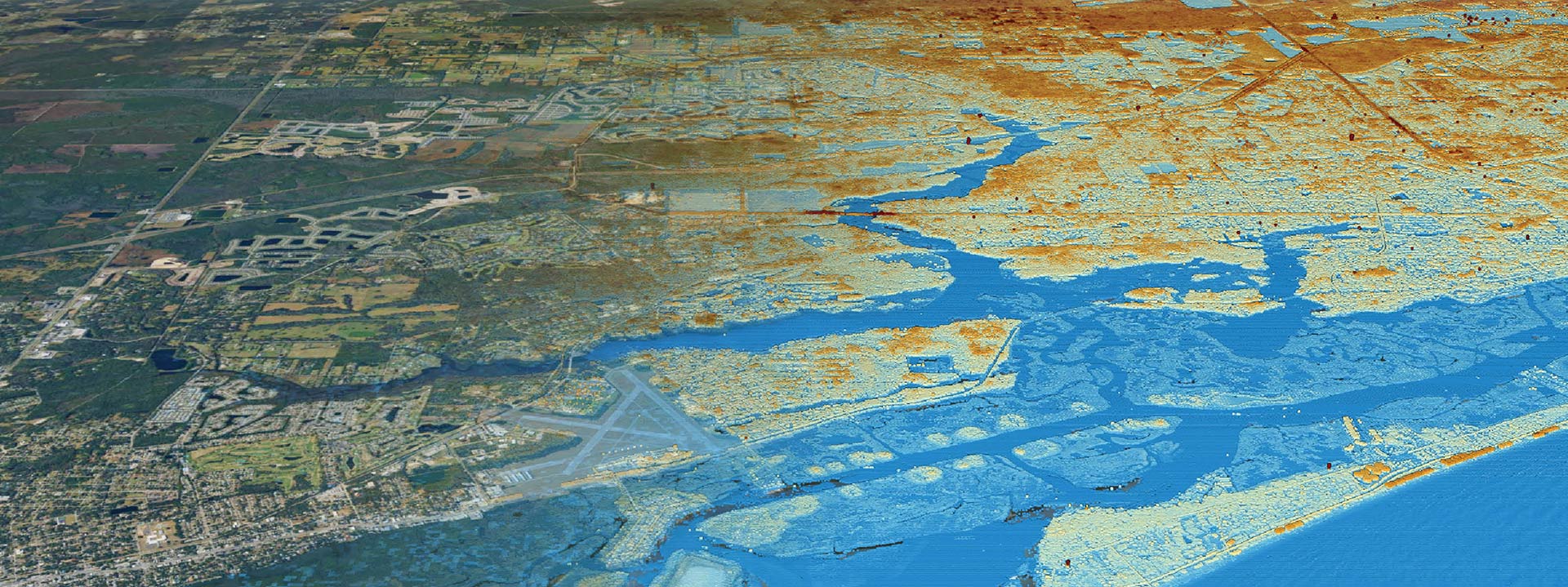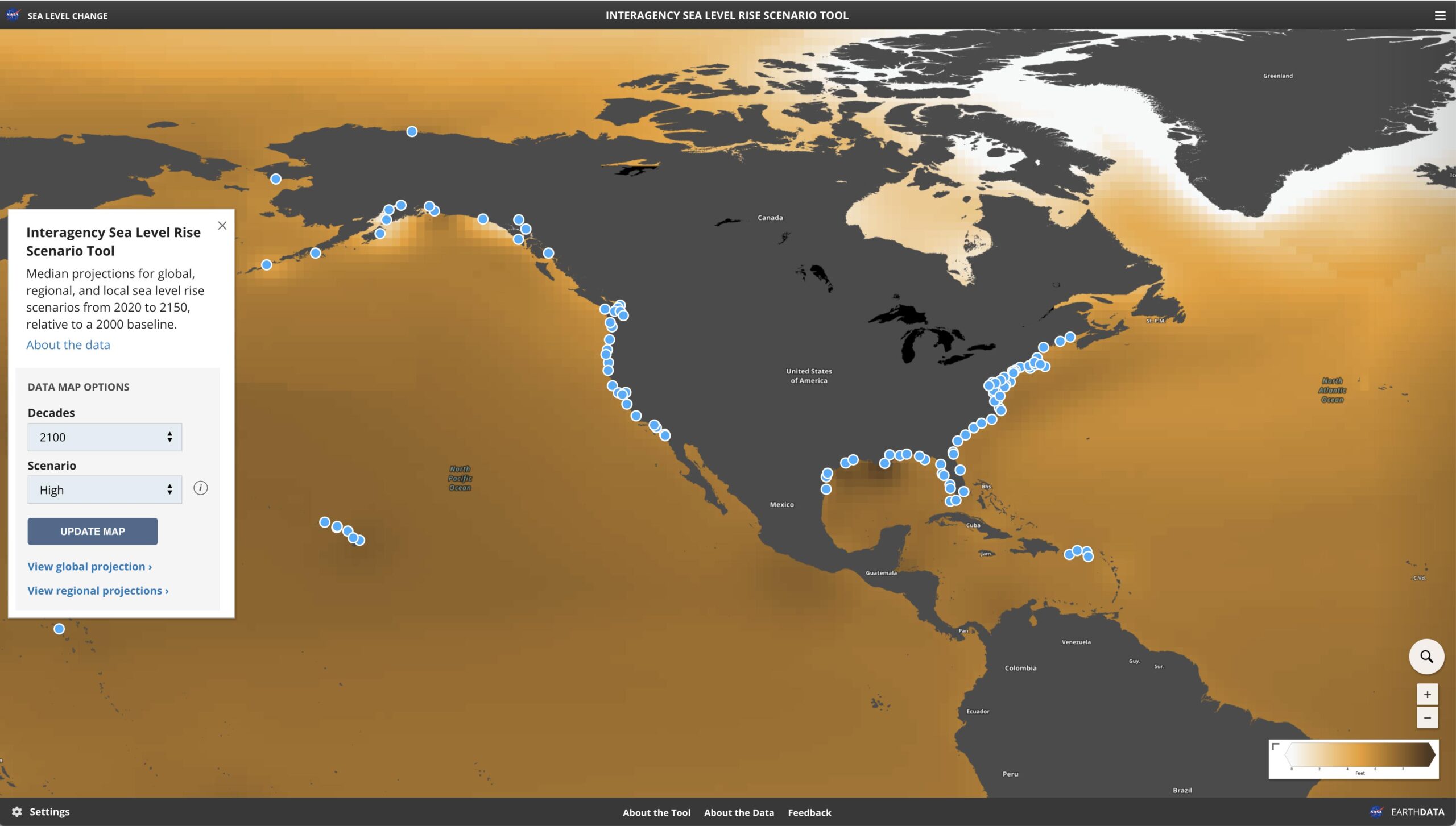10 Large-Scale Mitigation Projects
Mitigation projects aim to reduce or prevent harmful environmental and human health impacts. Here are some examples of successful mitigation projects from around the world.
- Bogotá, Colombia: Bus Rapid Transit System
Bogotá, the capital of Colombia, implemented a bus rapid transit system (BRT) to reduce air pollution and improve public transportation. The BRT system includes dedicated bus lanes, modern buses, and station infrastructure, making public transportation more efficient and reliable. As a result, ridership increased by 80%, and air pollution decreased by 50%.
- Costa Rica: Payment for Ecosystem Services
Costa Rica implemented a Payment for Ecosystem Services program to incentivize landowners to protect forests and natural habitats. The program pays landowners for maintaining forests, providing clean water, and protecting biodiversity. This program has helped Costa Rica become one of the most forested countries in Central America.
- China: Three-North Shelter Forest Program
China’s Three-North Shelter Forest Program aims to prevent desertification in northern China by planting millions of trees in a 2,800-mile-long belt of forests. This program has helped combat soil erosion, protect wildlife habitats, and improve air quality.
- India: Clean India Mission
The Clean India Mission, also known as Swachh Bharat Abhiyan, is a government-led campaign to improve sanitation and cleanliness in India. The program aims to end open defecation, promote cleanliness in public spaces, and improve waste management. The program has built millions of toilets and improved sanitation facilities across the country.
- United States: Clean Air Act
The Clean Air Act is a U.S. federal law that regulates air emissions from industrial facilities and vehicles. The law has helped reduce air pollution, improve air quality, and protect public health. The Clean Air Act has also led to the development of new technologies and innovations to reduce air emissions.
- Germany: Renewable Energy Sources Act
The Renewable Energy Sources Act, also known as the EEG, is a German law that promotes renewable energy sources such as wind, solar, and biomass. The law guarantees feed-in tariffs for renewable energy producers and provides incentives for investment in renewable energy projects. This law has helped Germany become a leader in renewable energy production.
- Rwanda: Agroforestry
Rwanda implemented an agroforestry program to promote sustainable farming practices and reforestation. The program encourages farmers to plant trees on their land and provides training on sustainable land use and soil conservation. The program has helped improve soil quality, prevent soil erosion, and increase agricultural productivity.
- Brazil: Amazon Protected Areas
Brazil established protected areas in the Amazon rainforest to protect biodiversity and prevent deforestation. The protected areas cover over 20% of the Brazilian Amazon and are home to thousands of species of plants and animals. The protected areas also provide opportunities for ecotourism and sustainable development.
- Australia: Great Barrier Reef Marine Park
The Great Barrier Reef Marine Park is a protected area in Australia that covers over 130,000 square miles of coral reefs, seagrass meadows, and mangrove forests. The park is home to thousands of species of marine life and is a major tourist attraction. The park’s management plan includes measures to reduce pollution, protect coral reefs, and manage tourism activities.
- South Africa: Working for Water
The Working for Water program is a South African initiative to control invasive plant species that threaten native ecosystems and water resources. The program employs local workers to remove invasive plants and restore natural habitats. The program has helped protect water resources, promote biodiversity, and provide employment opportunities.
These are just a few examples of successful mitigation projects around the world. By implementing sustainable practices and policies, we can protect the environment and improve the quality of life for everyone!



